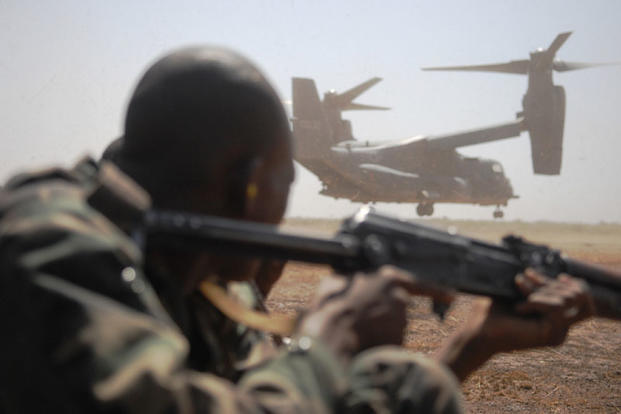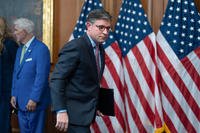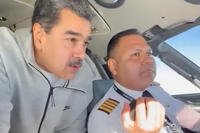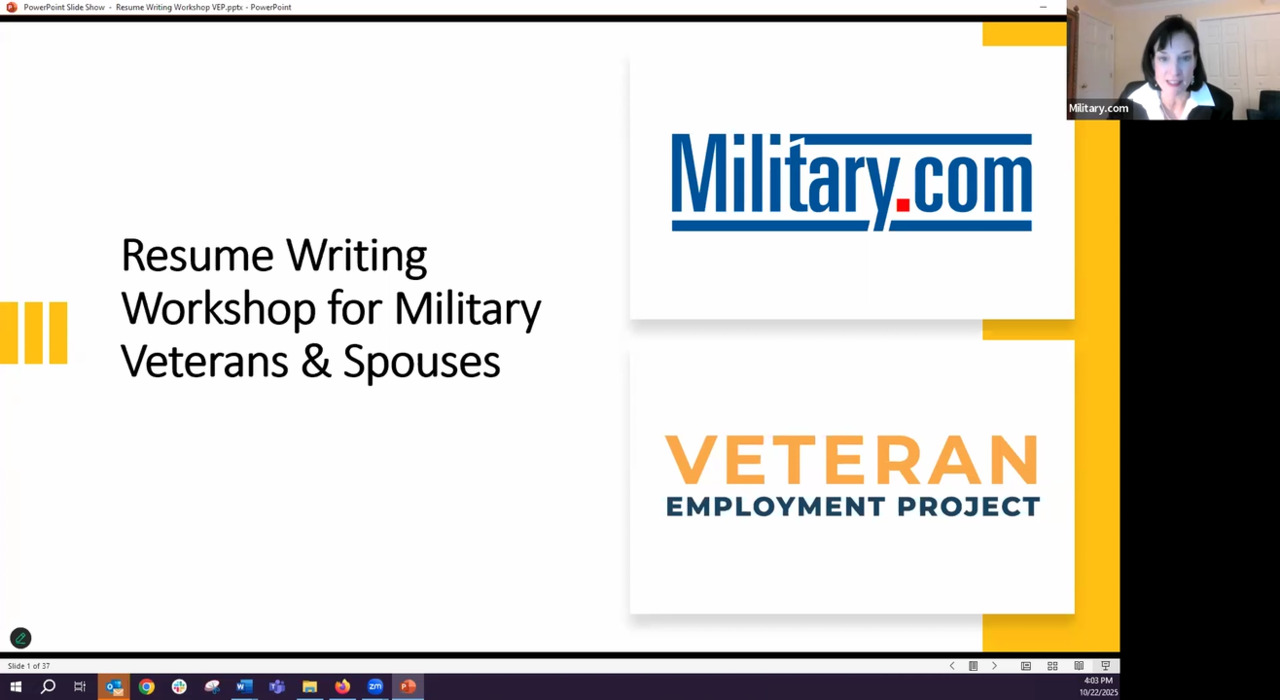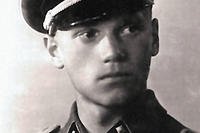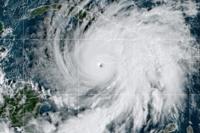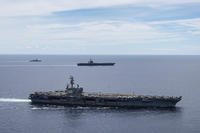The head of U.S. Special Operations Command mapped out the Pentagon's plan to keep SOF and conventional combat units working side-by-side long after U.S. forces leave Afghanistan.
Over the past decade of war, elite SOF units and conventional combat units have had to learn to work together on joint missions.
"It did not happen overnight; it happened over multiple deployments through lessons learned on the battlefield and developing relationships," Army Gen. Joseph Votel told Army infantry and armor soldiers today at the 2014 Maneuver Conference at Fort Benning, Ga. "Prior to 9/11, SOF participation in conventional forces training events, to be frank, was a little bit disjointed. Neither side took the time to understand what the other could provide."
Votel, who recently assumed command of USSOCOM, vowed to work with service chiefs from the Army, Navy, Air Force and Marine Corps to ensure that tension between SOF and conventional forces does not return.
"Now and for the foreseeable future, SOF and conventional forces are collocated on battlefields in the same countries," he said. "We need to learn how to compliment and operate with one another for the greatest effects possible. … We can't have a SOF part of the battlefield and a conventional part of the battlefield. It's a ridiculous way to operate."
Combat training centers have already embraced the new mindset and have made changes, Votel said.
The National Training Center at Fort Irwin, California, recently developed its own unconventional warfare program, "investing heavily to ensure the training is as realistic as possible," Votel said. Last month, NTC completed its first unconventional warfare event which expanded off the post and across southern California.
Also, the Joint Multinational Readiness Training Center in Germany has increased SOF involvement with each of its brigade combat team rotations. A recent example included Marine Special Operations Forces and Army conventional forces from Fort Hood, Texas, Votel said. The units trained for special reconnaissance, direct-action and personnel recovery missions.
In less than a week, the Joint Readiness Training Center at Fort Polk, Louisiana, will conduct a decisive action rotation that will include forced-entry operations by the 82nd Airborne Division and the 75th Ranger Regiment, with other special operations forces participating as well, Votel said.
"These exercises and many like them provide SOF and conventional forces the opportunity to work out the kinks, if you will, and build that muscle memory of understanding and being comfortable with each other so that when employed we can hit the ground running all moving at the same direction," Votel said.
Another part of the plan involves exchanging liaison officers.
"There is nothing better than having a man or woman on the inside," he said, describing how liaisons continue to educate their host commanders on the capabilities and mission sets their home organizations can provide long after the training exercise has concluded.
"This includes translation because even though it says U.S. across all of our uniforms, we somehow manage to confuse ourselves by using different lingo to describe the same thing.
"I have personally seen operational situations where our inability to communicate and use common language and not intimidate one another with our various acronyms have led to operational failure and setbacks for our joint forces commanders. So challenge that; don't allow it to occur out there. We are better than that."
There are still many conventional commanders and staffs that still don't understand how to employ SOF, Votel said. Similarly, there are many SOF leaders that have fewer and fewer experiences working with a variety of conventional forces.
This gap will widen as time passes after we depart Afghanistan, Votel maintains.
These joint exercises, and the relationships that they create, are not exclusive to Army conventional and Army SOF units, Votel said, stressing that this needs to happen across the services and SOF components.
"I want you to have the same level of interoperability and interdependence with Marine Raiders, Navy SEALS and Air Force commandos that you have with Green Berets and Rangers," Votel said. "Good relationships build trust and confidence, and they can't be immediately developed in times of crisis."
-- Matthew Cox can be reached at matthew.cox@monster.com
